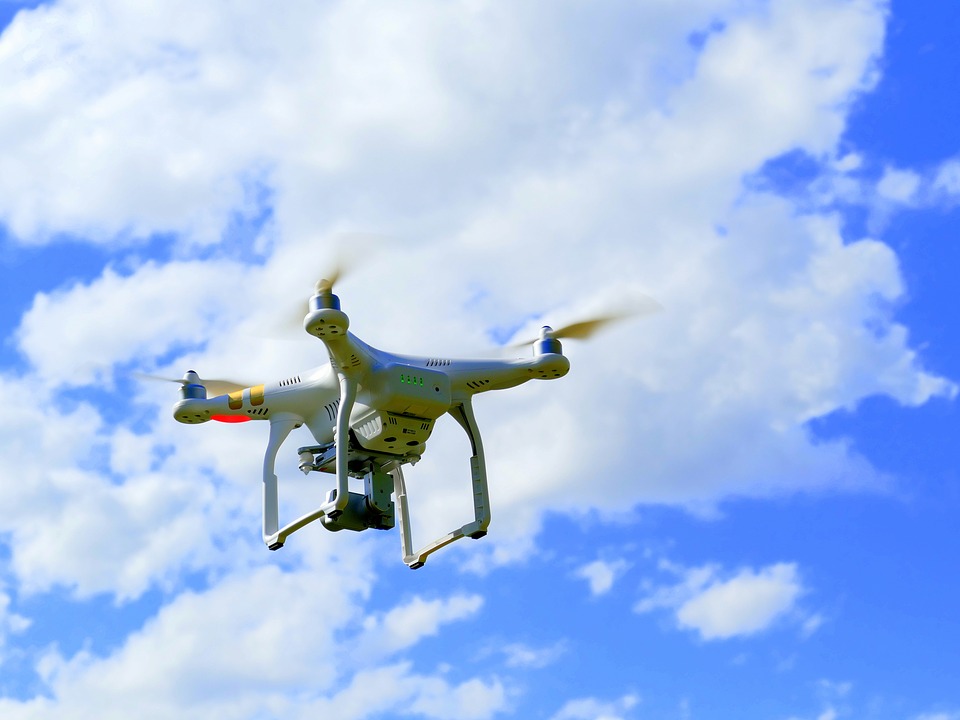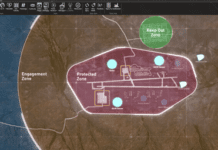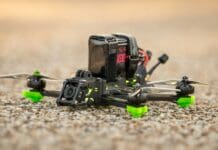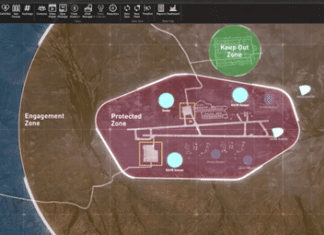This post is also available in:
 עברית (Hebrew)
עברית (Hebrew)
UAV swarms are cooperative, intercommunicating groups of UAVs used for a wide and growing variety of civilian and military applications. In disaster response, particularly when local communications infrastructure is destroyed, UAV swarms linked to one or more local base stations act as eyes in the sky, providing first responders with crucial damage and survivor information.
However, the battery capacity of UAVs is a critical shortcoming that limits their usage in extended search and rescue missions. A new energy-efficient data routing algorithm developed by an international team could keep unmanned aerial vehicle swarms flying longer.
Much of a UAV’s energy use can be related to high bandwidth and long transmission times — think of the drain on the battery of your phone in such cases. To address this, the research team has developed a UAV swarm data routing algorithm that uses the strength of the group to maximize real-time transmission rates and minimize individual UAV battery challenges.
Their new hybrid computational approach combines linear programming and a genetic algorithm to create a “multi-hop” data routing algorithm, according to techxplore.com. A genetic algorithm solves chaotic optimization problems using an analogue of natural selection, the process that drives biological evolution.
In real time, the new adaptive LP-based genetic algorithm (ALPBGA) identifies the lowest communications energy route within a swarm and simultaneously balances out individual UAV power use, for example, by determining which UAV will beam information to a base station.
“By balancing power consumption among the UAVs, we significantly enhance the ability of the whole system,” said Patrick Hung, a co-author at the University of Ontario Institute of Technology in Canada. “Our simulations show that our approach can outperform the existing state of the art methods.”
These computer simulations show that, especially as swarm size increases from 10 to hundreds of UAVs, ALPBGA reduces the number of UAVs that stop communicating by 30% to 75% compared to existing leading UAV swarm communication algorithms.


























